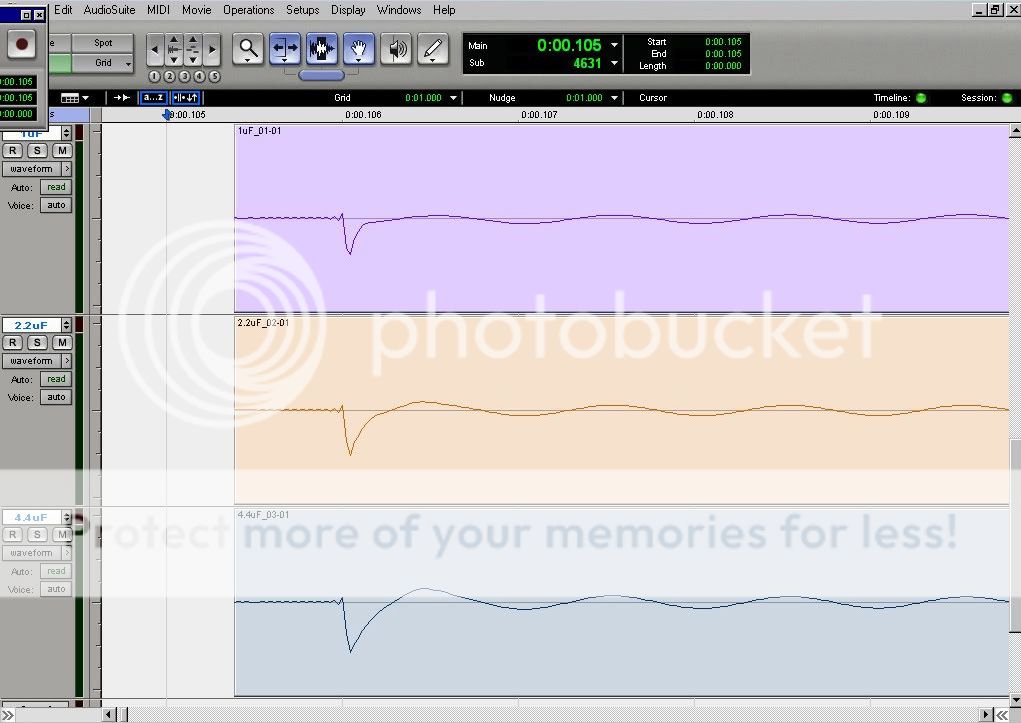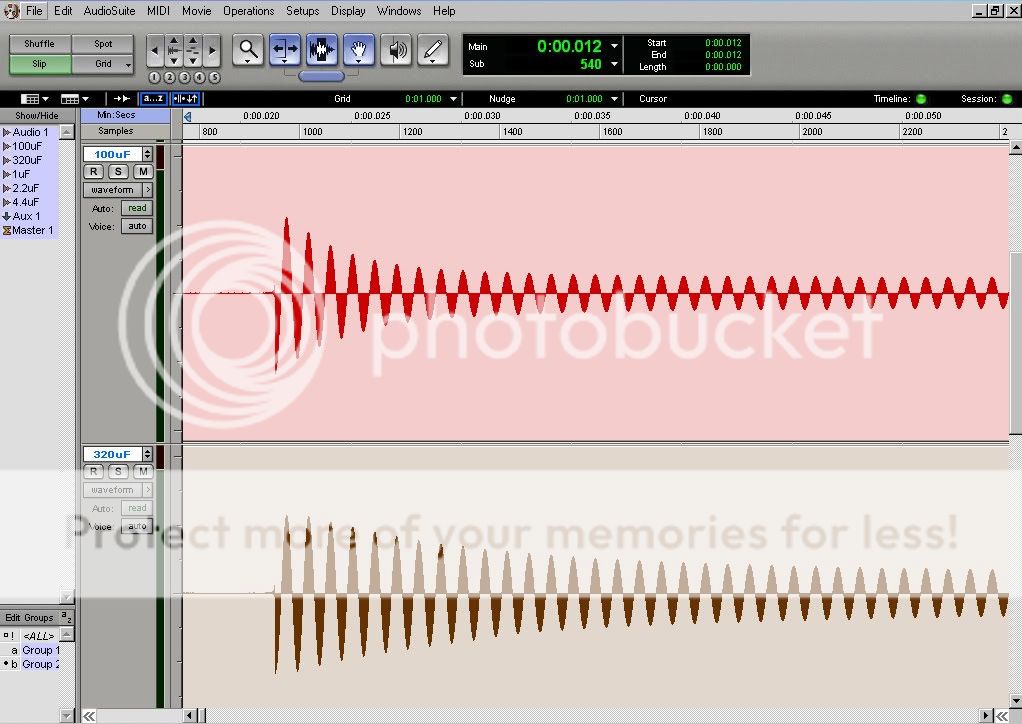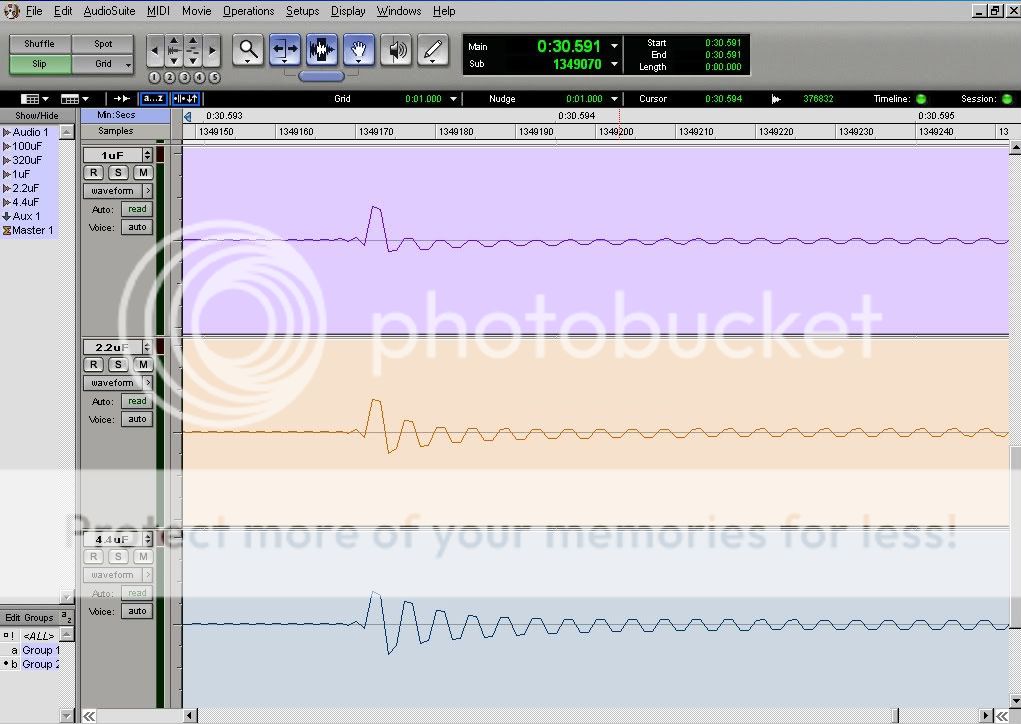Interesting, I have an original 660 manual & schematic, and it has four 6386 in the 1st section, but the 670 schematic shows only 2 there....was this a compromise on the 2 channel unit?
The 670 also has 4 6386s per channel, they just not shown on the schematic.





